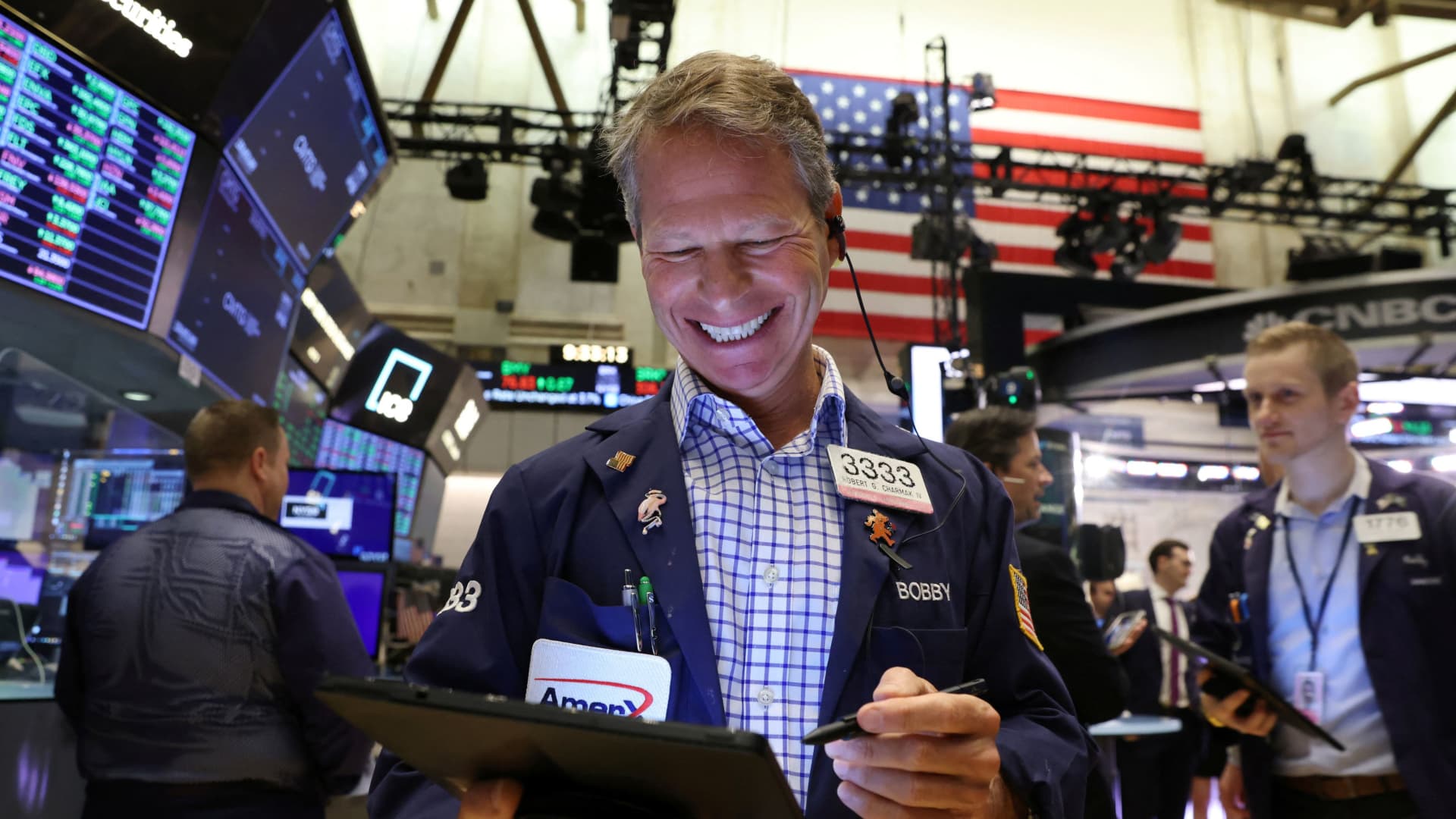Small business owners are among the Americans most likely to fall behind on saving for retirement. Investing back into a business is more often a priority for entrepreneurs with any excess cash than investing in a long-term tax-deferred retirement plan. Covid didn’t help.
Amid the pandemic, scores of America’s small business owners stopped or cut back on their retirement savings, according to investment professionals and retirement experts, squeezed by rising labor and raw material costs, or in the worst-case scenario, facing business closures.
To be sure, the pandemic didn’t take a toll on every small business in terms of retirement planning. Thirty-seven percent of small business owners say they aren’t confident that they are saving enough for retirement, according to a March survey by ShareBuilder 401k of 500 small businesses. But that’s down somewhat from the 44% who said two years earlier they weren’t confident in their retirement savings ability.
Some data shows that, at least on the margins, small business owner savings rates mirrored the bump across all Americans during the pandemic. In 2019, the average monthly amount that active participants contributed to their 401(k) plan with Guideline, a retirement platform for small businesses, was $646. That increased to $783 in 2021, according to the company. For its part, Vanguard saw participation rates among small businesses rise to 73% in 2020 from 72% a year earlier, and deferral rates — the portion of an employee’s wages contributed to retirement — increase to 7.3% in 2020, up from 7.1% in 2019.
But these outcomes generally don’t reflect the experiences of many of the country’s smallest businesses — including those in particularly hard-hit industries. Many of these businesses have fallen further behind in their retirement savings goals in recent years for a variety of reasons and are in need of a kick start, according to financial professionals. Coupled with the fact that many owners were never saving for retirement, the recent market gyrations could make it a good time to consider socking away money, or more money, for retirement.
Here are a few ideas on how to close the gap.
1. Put at least 10% of income into retirement if you can
Generally, investing experts suggest saving 10% to 15% of your earnings annually over a 40-year-career — just to maintain the same standard of living at retirement, said Stuart Robertson, CEO of ShareBuilder 401k. Yet the March survey found that only 38% of businesses surveyed were saving 10% or more. Meanwhile, 24% said they were not currently contributing.
2. Cut back on budget and redirect to savings
David Peters, founder and owner of Peters Tax Preparation & Consulting in Richmond, Va., has been telling business owners to take a hard look at their budget, paying close attention to where they are spending their money and searching for ways to cut. For instance, they might be able to work at home and save on gas or cut unneeded luxury items. “A smart move would be to cut some of the current expenses so you can continue to save for the long-term goals,” he said.
3. Increase investment portfolio risk
Another option, for those already saving, could be to take on some more investment risk, while also cutting spending, as appropriate. “If you increase your allocation so you were getting two or three percentage points higher on a rate of return, and you reduce your spending by 2% to 3%, and add on the power of compounding, it can be very powerful for returns,” said Timothy Speiss, tax partner in the Personal Wealth Advisors Group at EisnerAmper LLP in New York.
That may seem like a tough pill to swallow amid the recent market volatility, but for small business owners that have cash right now, they may be able to take advantage of some funds that could be underpriced. “People are apprehensive to save when they see the red numbers showing up every day,” Peters said, but because of the market swings, “there may be opportunities they wouldn’t otherwise have.”
As Dan Wiener, who runs the Independent Adviser for Vanguard Investors, recently told CNBC’s Bob Pisani, when the S&P 500 falls more than 3.5% on a single day or series of days, they are more often than not buying opportunities. Between June 1983 and the end of March 2022, this occurred 65 times and produced average returns of 25.6% over the next year. “Buying on those big one-day price declines has been profitable more often than not if you’re willing to look out just one year,” he said.
4. Create a plan and stick to it
While some small business owners may be concerned the market will fall further, retirement savings professionals said that things tend to even out over time when owners contribute regularly to their retirement. The underlying motivation shouldn’t be to pick the best days, but to create a plan to save for the long-term and stick to it.
By just contributing regularly, investors get the benefits of dollar-cost-averaging, meaning you’re not always buying at a high or a low, said Kevin Busque, CEO and co-founder of Guideline. “When you set it and forget it, you don’t have to worry about timing the market.”
Robertson offers the example of an investor who consistently buys a fund for $500, during a high market, low market, and recovering market. First, the investor buys five shares at $100 each. He then buys 10 shares at $50 each, and finally, he purchases 6.67 shares for $75 each. His total outlay is around $1,500, and the average share price for the fund is $75. Yet the total market value for his 21.67 shares is $1625.25, so he’s ahead even though he bought some shares at a market high and some at a market low.
“They can save any way they want; the important thing is that they are doing it,” Robertson said.
For all the latest Business News Click Here
For the latest news and updates, follow us on Google News.

